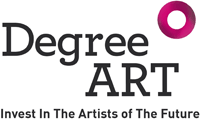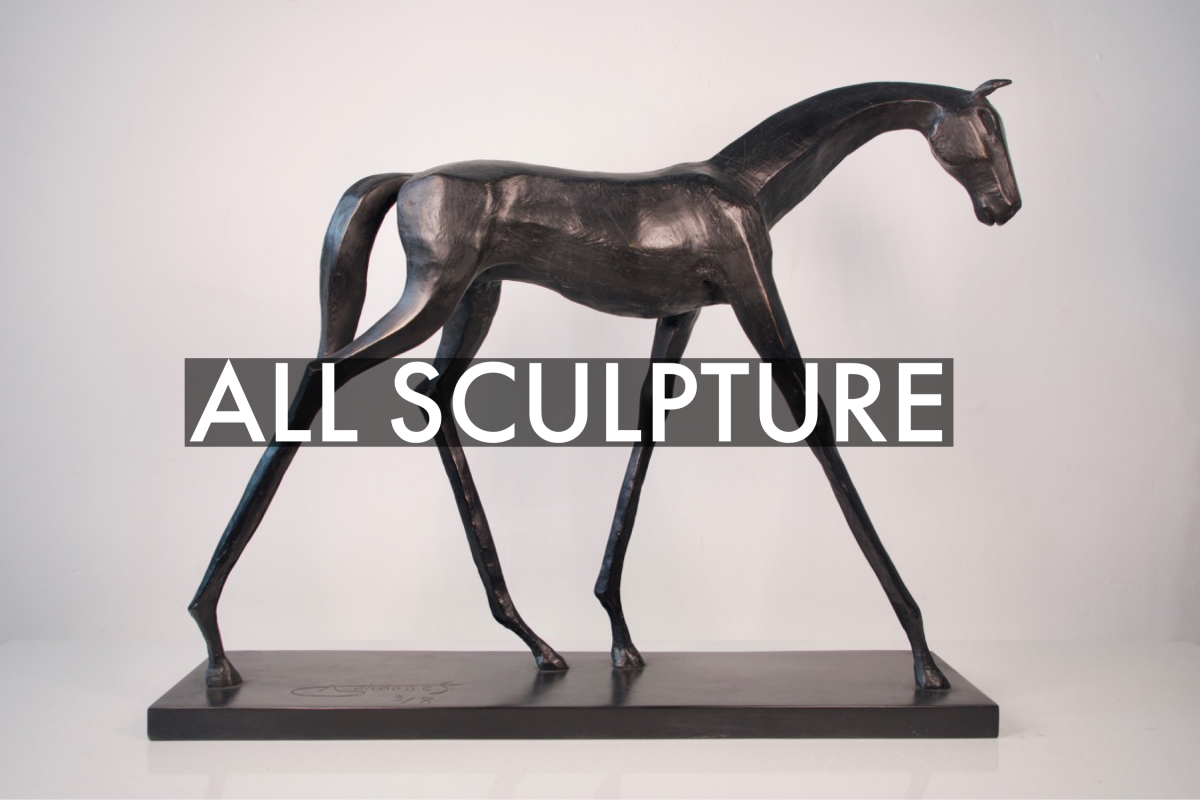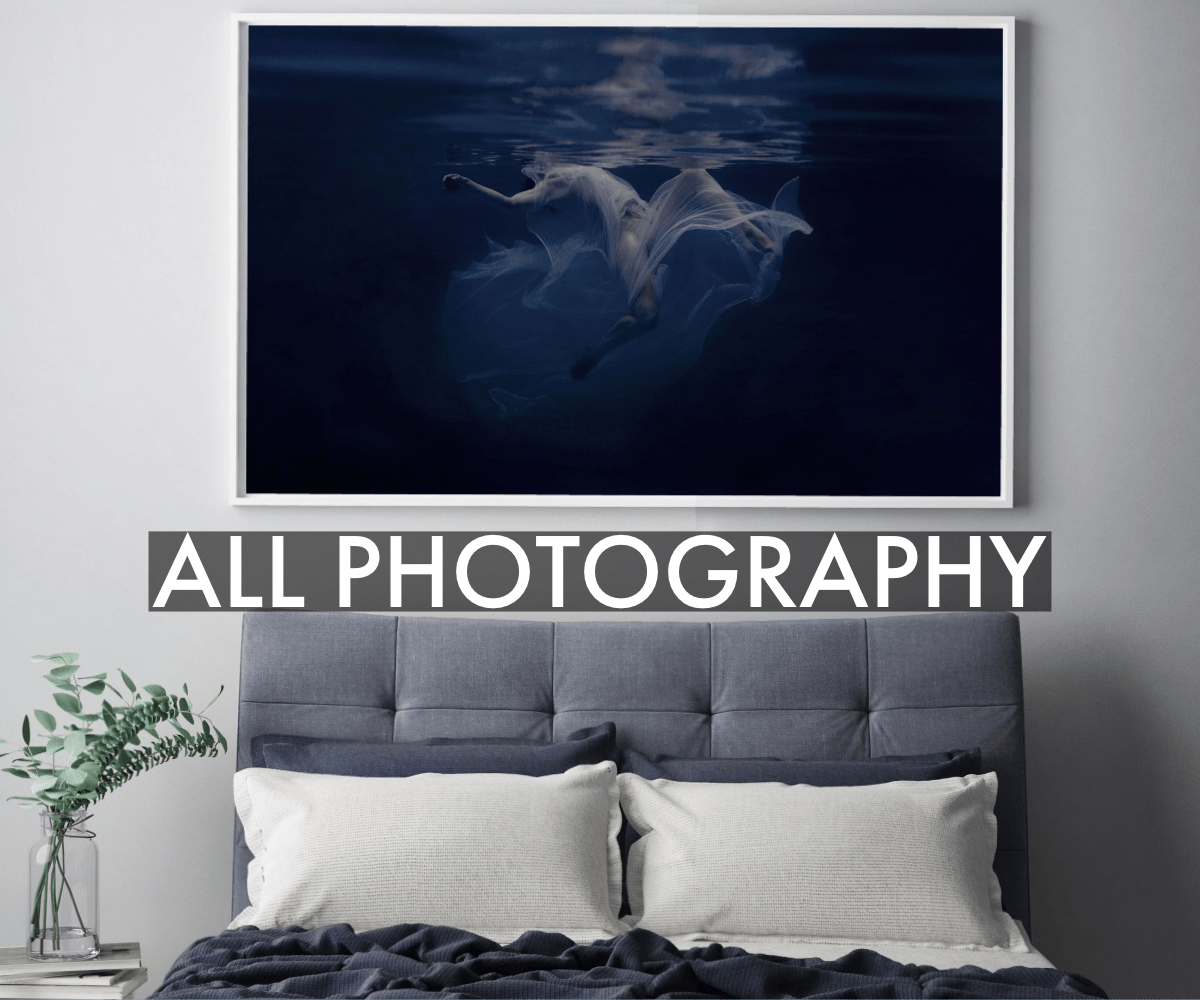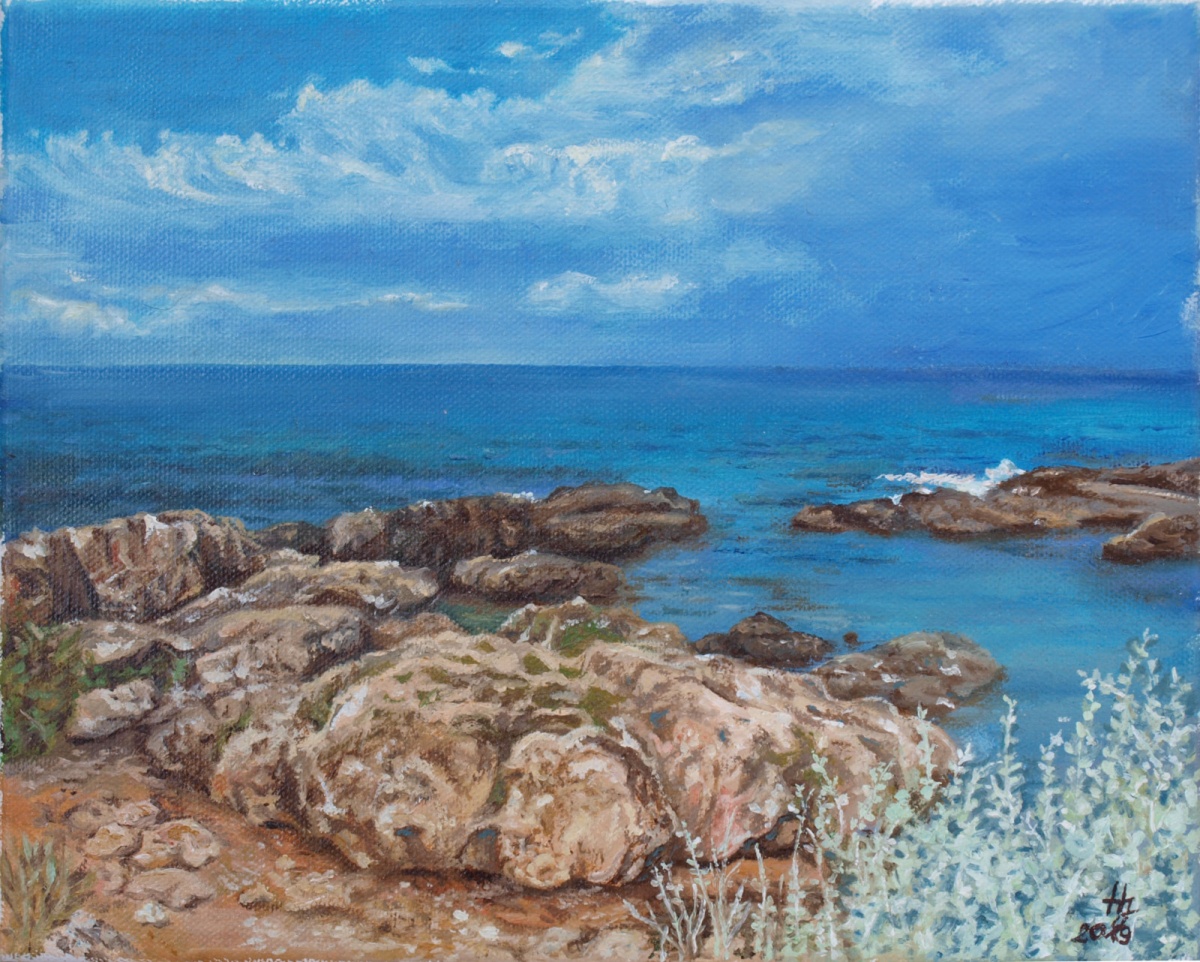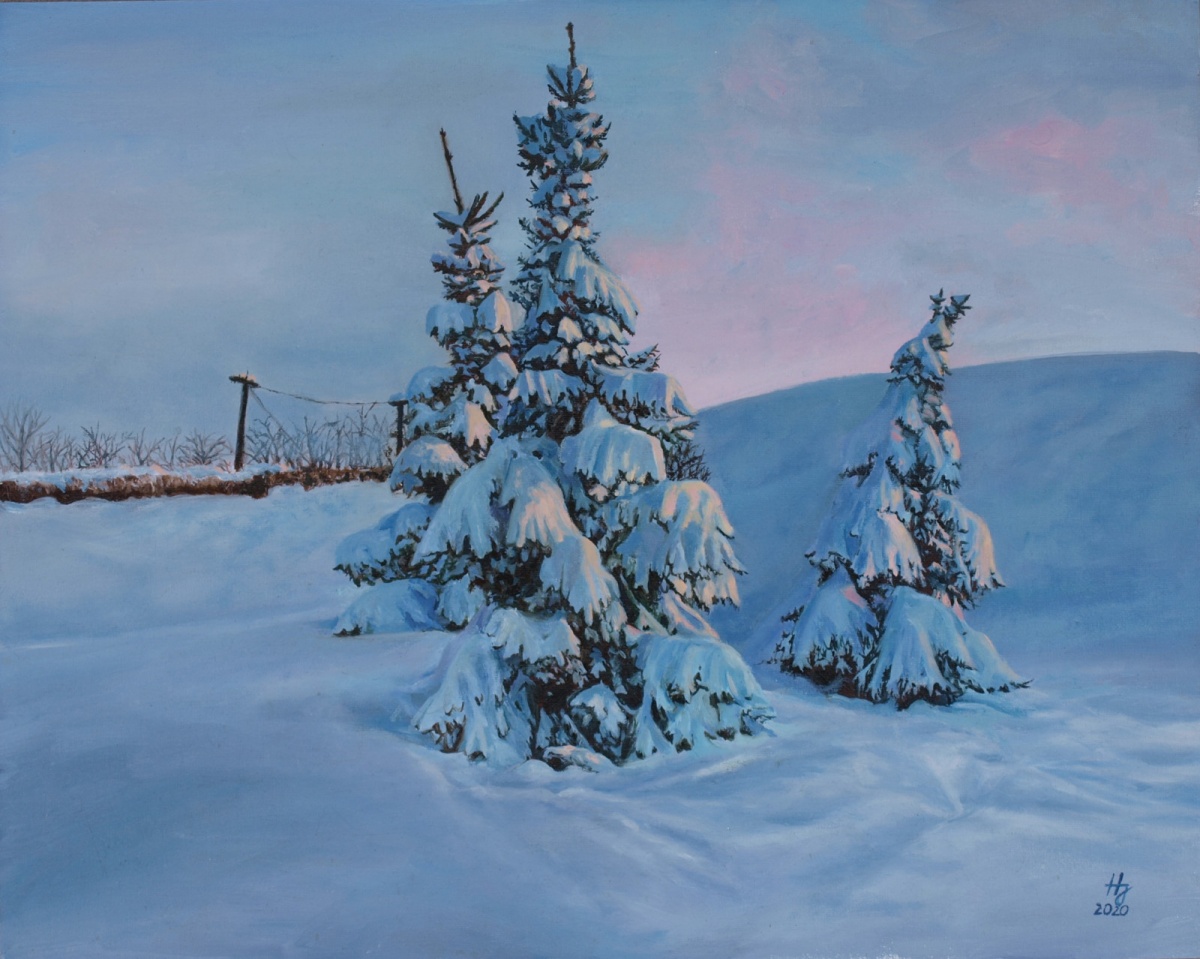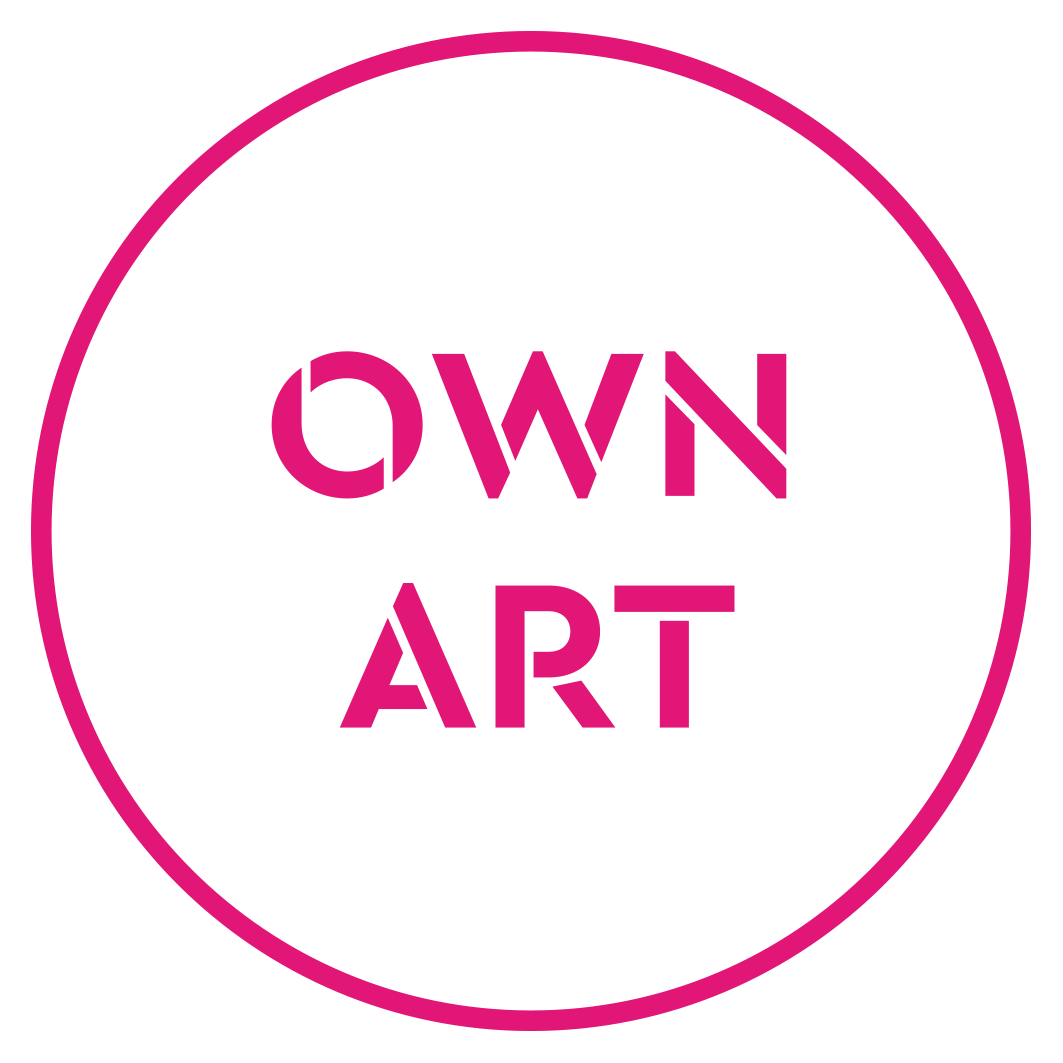Hanna Jujka grew up surrounded by art and has been practicing drawing and painting since she was a small child. After realising that art was her true passion, Hanna made the decision to study illustration at the University of Brighton. Hanna expresses herself through painting, illustration and mixed media and likes to combine various techniques in search of new artistic approaches. Viewing art as something that is a live and constantly changing, Hanna strongly believes in expanding her practice beyond just one single subject matter or technique and values the endless possibilities of experimentation and freedom of expression whilst creating her work. Through every painting and print, be it landscape or figurative art, Hanna aims to capture something that evokes strong emotions within her and uses her paintings to express her inner thoughts and feelings. Hanna strongly believes that some matters simply cannot be explained through words, they can only be painted.

1) Which art movement do you consider most influential on your practice?
There are so many! I consider the XIX century’s realism and symbolism to be the most influential. Realists are my great inspiration in terms of technique, but symbolists and their dream - like creations are the ones that had, and still have the strongest influence on me.
2) Where do you go and when to make your best art?
When I create I just need to be alone, so I go someplace quiet. It may be weird, but the presence of other people distracts me so much that I can’t focus at all.
3) How do you describe your 'creative process'?
The hardest part of the process is waiting for the inspiration to strike. I don’t have one set routine, but usually I start with filling my head with ideas by reading, listening to music or just spending time in nature. Then I let my mind wander, letting it process everything. If I come up with an idea I like, I start working on it. That’s when the real fun begins!
4) Which artist, living or deceased, is the greatest inspiration to you?
It’s so difficult to pick just one! One of my greatest inspirations is Odilon Redon, with his fantastic, vibrant colours and weird creatures which look like they came out from a dream. Each and one of his works is so intriguing, that I could just stare at them forever. My second greatest inspiration is Stanislaw Wyspianski, a man who was not only a painter, but also a playwright, poet, theatre director and designer. The number of things that he managed to create during his short life never ceases to amaze me.
5) If you weren't an artist, what would you do?
I would definitely be a wildlife rehabilitator. If I wasn’t an artist I would make that my full-time job.
6) What do you listen to for inspiration?
All sorts of music, but mostly classical music. Especially the 19th century Russian composers such as Rachmaninov, Glinka, Rimsky - Korsakov and many others. I also listen to movie soundtracks and folk music. These genres have never let me down in terms of inspiration.
7) If you could own one artwork, and money was no object, which piece would you acquire?
‘The Return of the Prodigal Son’ by Rembrandt.
8) If your dream museum or collection owner came calling, which would it be?
It would be Musée d’Orsay.
9) What is your key piece of advice for artists embarking on a fine art or creative degree today?
As cheesy as it may sound, follow your heart. If you feel that you were born to do something, it means it’s true! Don’t let the obstacles on your way (and there will be many) make you give up on your dreams.
10) What is your favorite book of all time (fiction or non fiction)?
‘The Little Prince’ by Antione de Saint – Exupéry. I read it first when I was a child, but I didn’t understand it. When I read it again as a teenager I was thrilled to pieces – it just spoke to my soul.
11) If you could hang or place your artwork in one non traditional art setting, where would that be?
At the International Space Station, that would be weirdly funny!
12) What was the biggest lesson your university course or time studying taught you?
There is no such thing as a bad idea, because even if it is not very successful, it can lead to creating something great or inspire you in a way you could never imagine.
13) And finally, if we were to fast forward 10 years, where would we find you?
Hopefully, living in the house of my dreams in Italy, with a built-in studio, enjoying bohemian lifestyle, but who knows? I like to dream, but such distant future always seem a bit abstract to me.
Learn more about Hanna and discover her collection of paintings.

